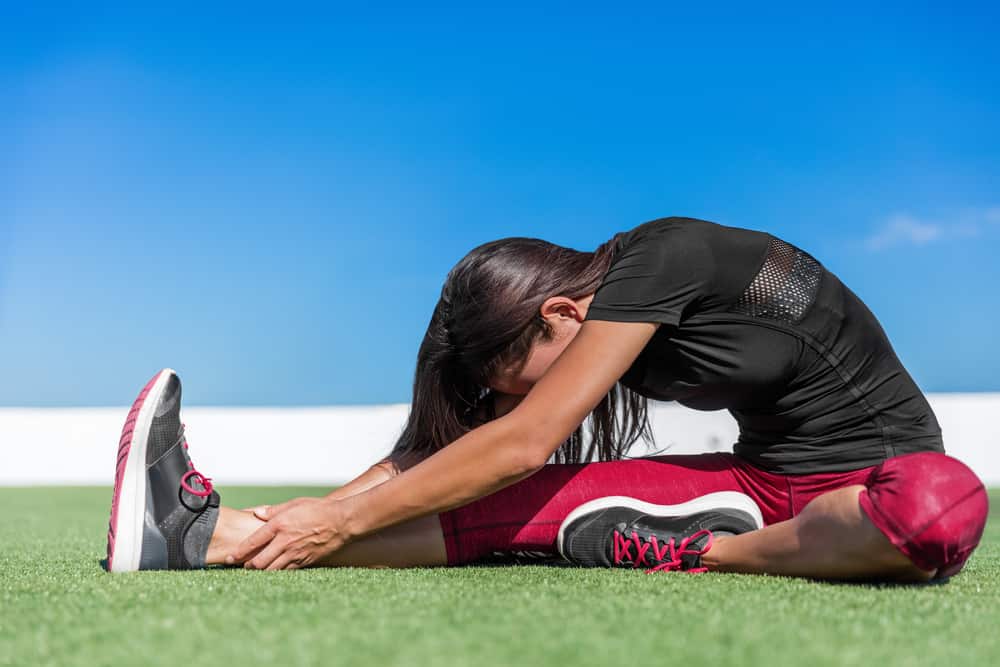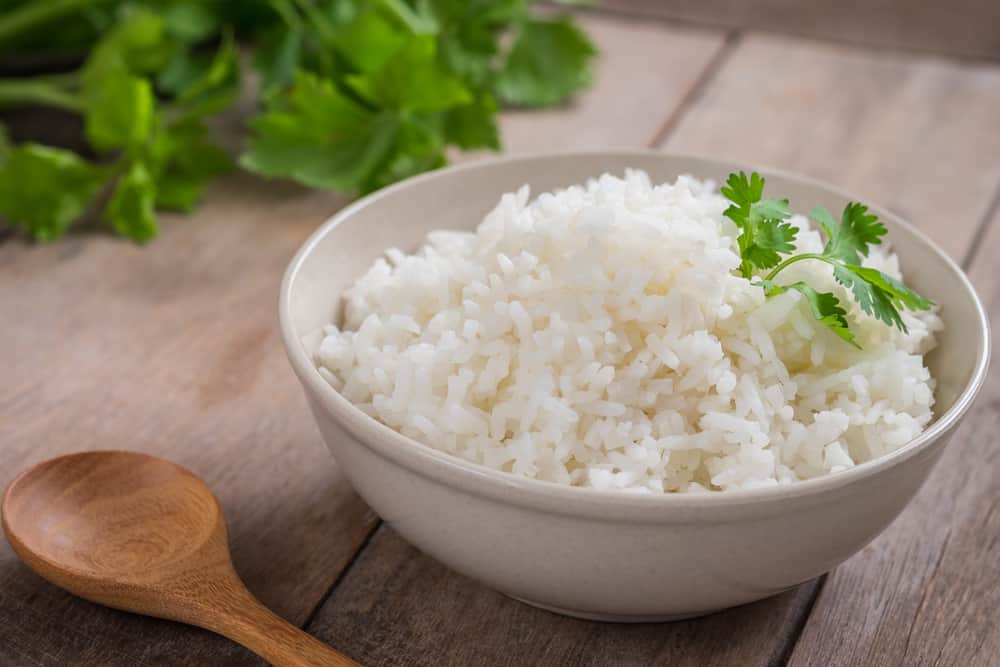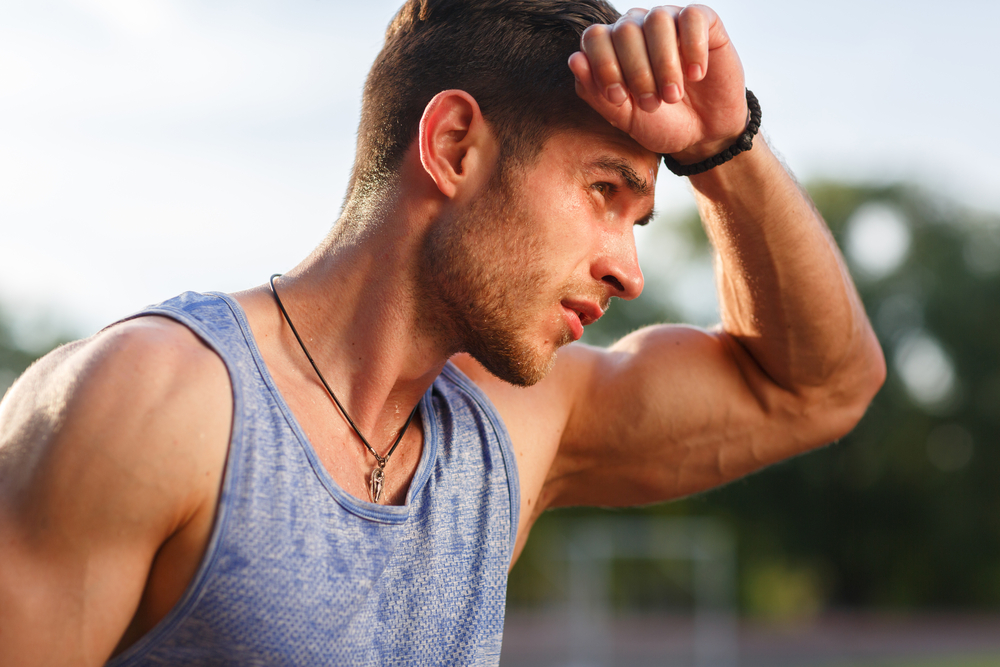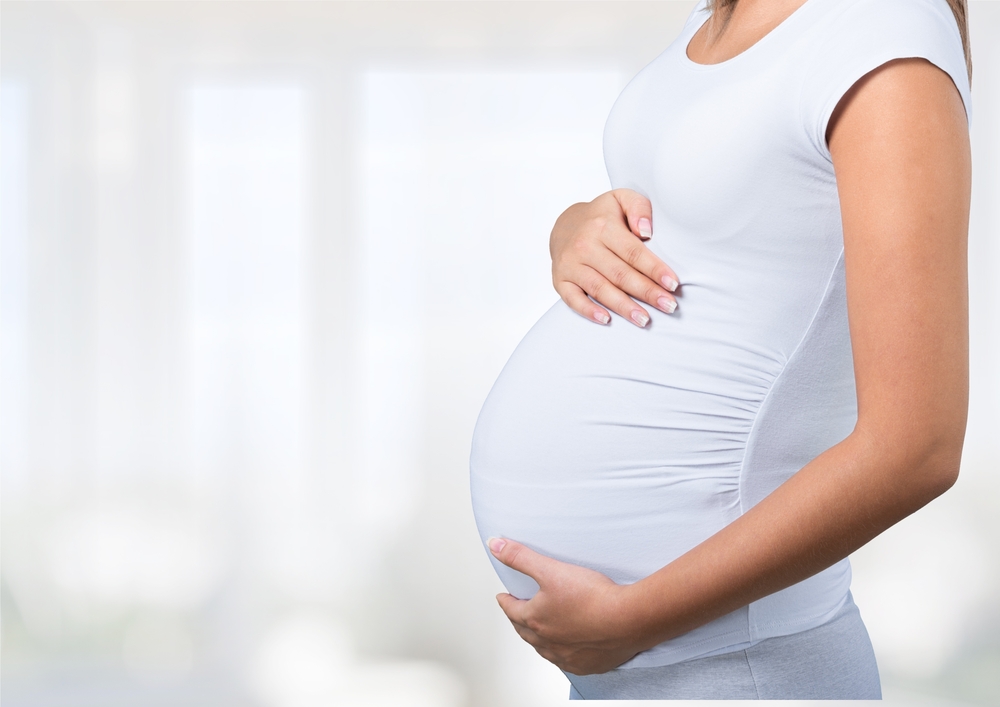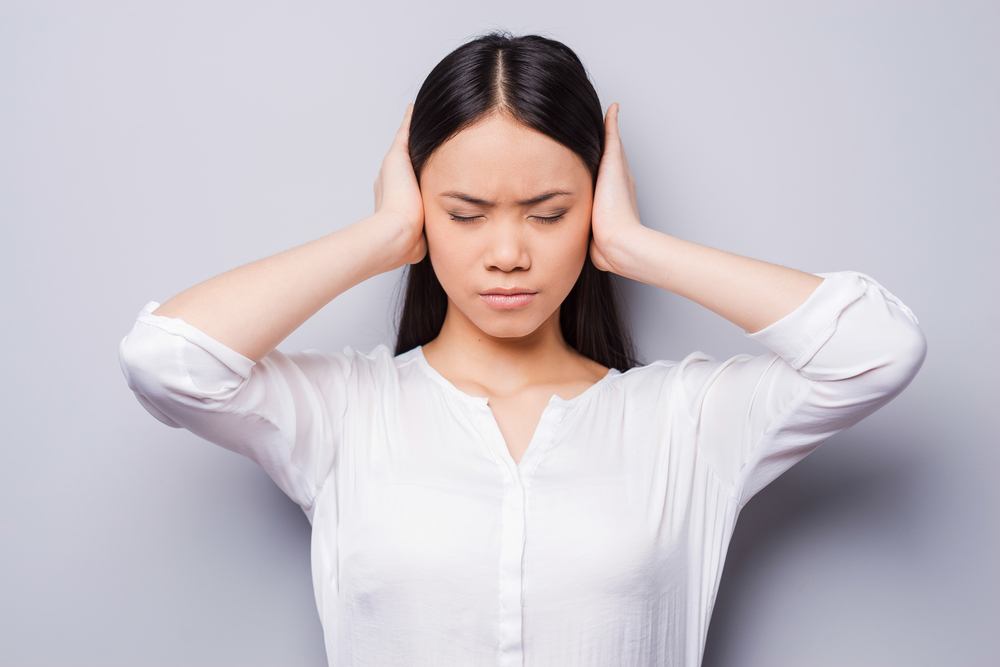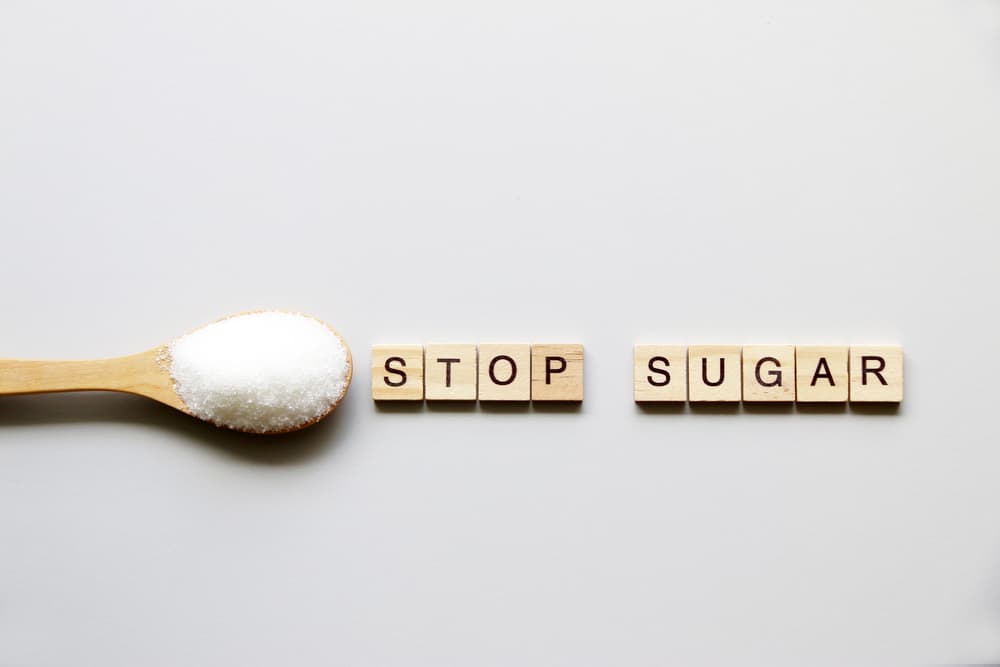Contents:
- Medical Video: Back Stretches that Ease Stiffness & Increase Flexibility
- 1. Static stretching
- 2. Dynamic stretching
- 3. Passive stretching
- 4. Active stretching
- 5. Isometric stretching
- 6. Proprioceptive Neuromuscular Facilitation (PNF)
- Which type of stretching is the best?
Medical Video: Back Stretches that Ease Stiffness & Increase Flexibility
Stretching or stretching of the muscles is usually part of heating and cooling for people who exercise. Stretching can increase the range of motion, flexibility, circulation, and success of all your exercises. Different types of exercise require different types of stretching too. Therefore, let's look at the various types of stretching that fit your fitness program below.
1. Static stretching
This is a type of stretching performed in a position that is quite challenging, but comfortable for a certain period of time, usually in the range of 10-30 seconds. Static stretching is the most common form of stretching found in general fitness exercises and is considered effective for increasing overall flexibility.
In addition, many experts consider that static stretching is far more beneficial than dynamic stretching to increase the range of motion in functional movements, including sports and activities in everyday life.
2. Dynamic stretching
This is a stretch that is done by moving through various challenges, but is comfortable to move repeatedly, usually up to 10-12 times. Although dynamic, this stretch requires higher coordination than static stretching. This stretch is very popular with athletes, coaches, instructors and physical therapists because of its benefits in increasing the functional range of motion and mobility in sports and everyday life.
3. Passive stretching
The passive point here is that you use some kind of outside help to help you achieve stretching. This help can be the weight of our body, ropes, gravity, other people, or stretching devices. With passive stretching, you can relax your muscles and try to stretch, depending on external forces to hold you back. You usually don't have to work very hard at this stretch, but there is always a risk that external forces will be stronger than you, so that it can cause injury.
4. Active stretching
This is a stretch of muscle that involves muscle contraction as opposed to what you are stretching. You don't use body, rope, gravity, other people, or stretching devices like passive stretches. With active stretching, you relax the muscles that you will stretch and depend on other muscles to start stretching. Active stretching can be very challenging, because muscle strength is needed to produce stretches, but this is a low risk, because you rely on your own strength compared to your extreme strength.
5. Isometric stretching
In isometric stretching, you reject the stretch by pulling the muscle into position. For example, your partner holds your feet up high as you try to pull your foot in the opposite direction. This is the safest and most effective stretching method to increase the range of motion joints and strengthen tendons and ligaments while maintaining their flexibility.
6. Proprioceptive Neuromuscular Facilitation (PNF)
This is a type that combines isometric, static, and passive stretching to encourage a higher level of flexibility. Do that by stretching passive muscles; do isometric contractions against obstacles in a lying position; and do passive stretching through increasing the range that results from movement. This is an advanced form of flexibility training that also helps in increasing strength.
Which type of stretching is the best?
Most of the stretch you see and do is static-passive stretching. Static-passive stretching is the most common and easiest stretch to do. If carried out with good technique, this stretch is effective in increasing flexibility and range of motion.
Most experts now agree that the best stretching to do is dynamic-active stretching. The stretch asks you to use and build your own strength as you move through stretching. They are more useful for improving functional movements used in everyday life and sports. In addition, because the stretch is movement oriented, it can help produce heat which can make the muscles more flexible. Finally, the evidence shows that because dynamic-active stretching requires muscle activation and contraction, the tightened muscles are triggered to relax more.
READ ALSO:
- Why Sports Is The Best Way To Eliminate Stress
- Individual Sports vs. Sports Teams, Which Is Better?
- Preventing and Treating Muscle Cramps in Sports

